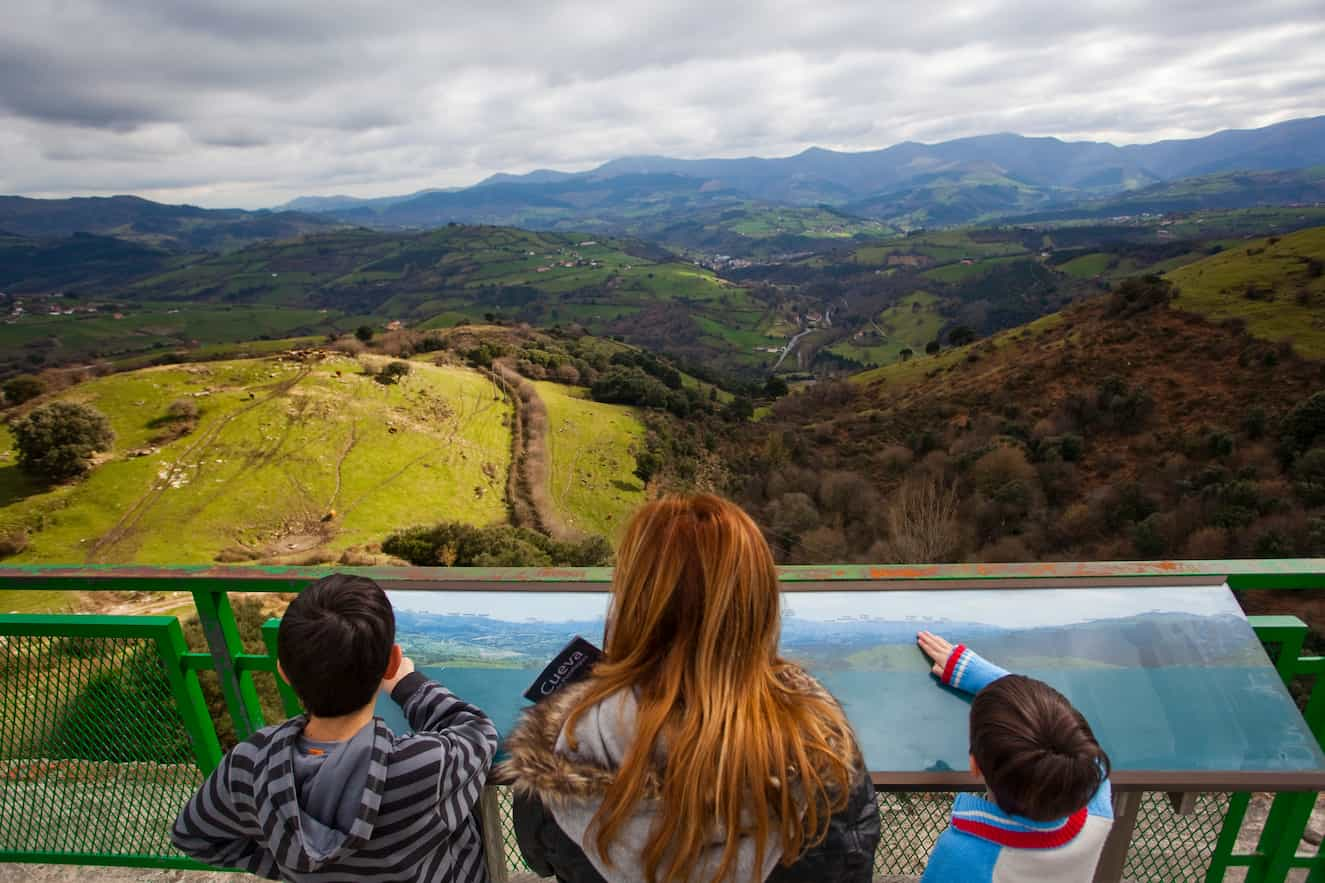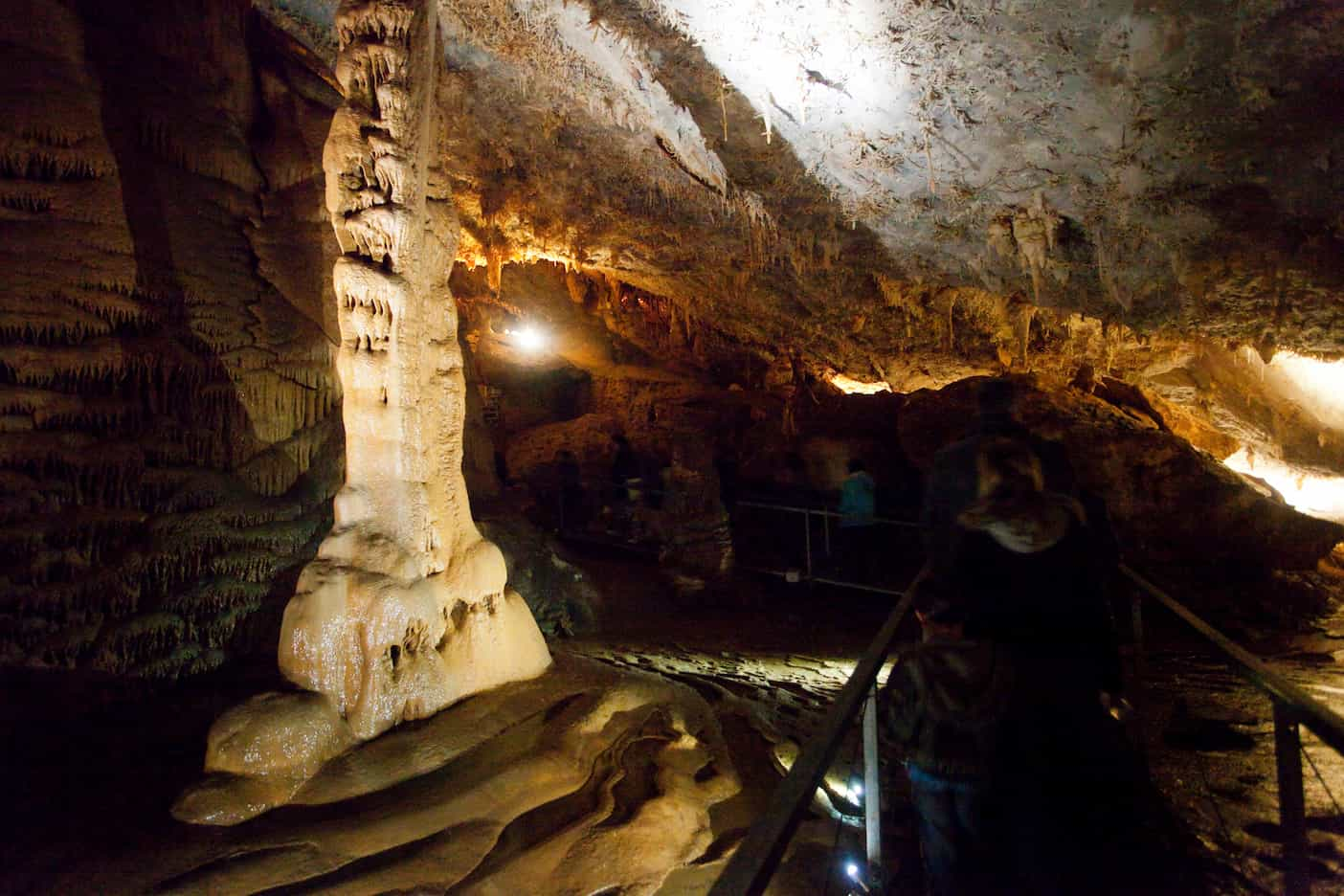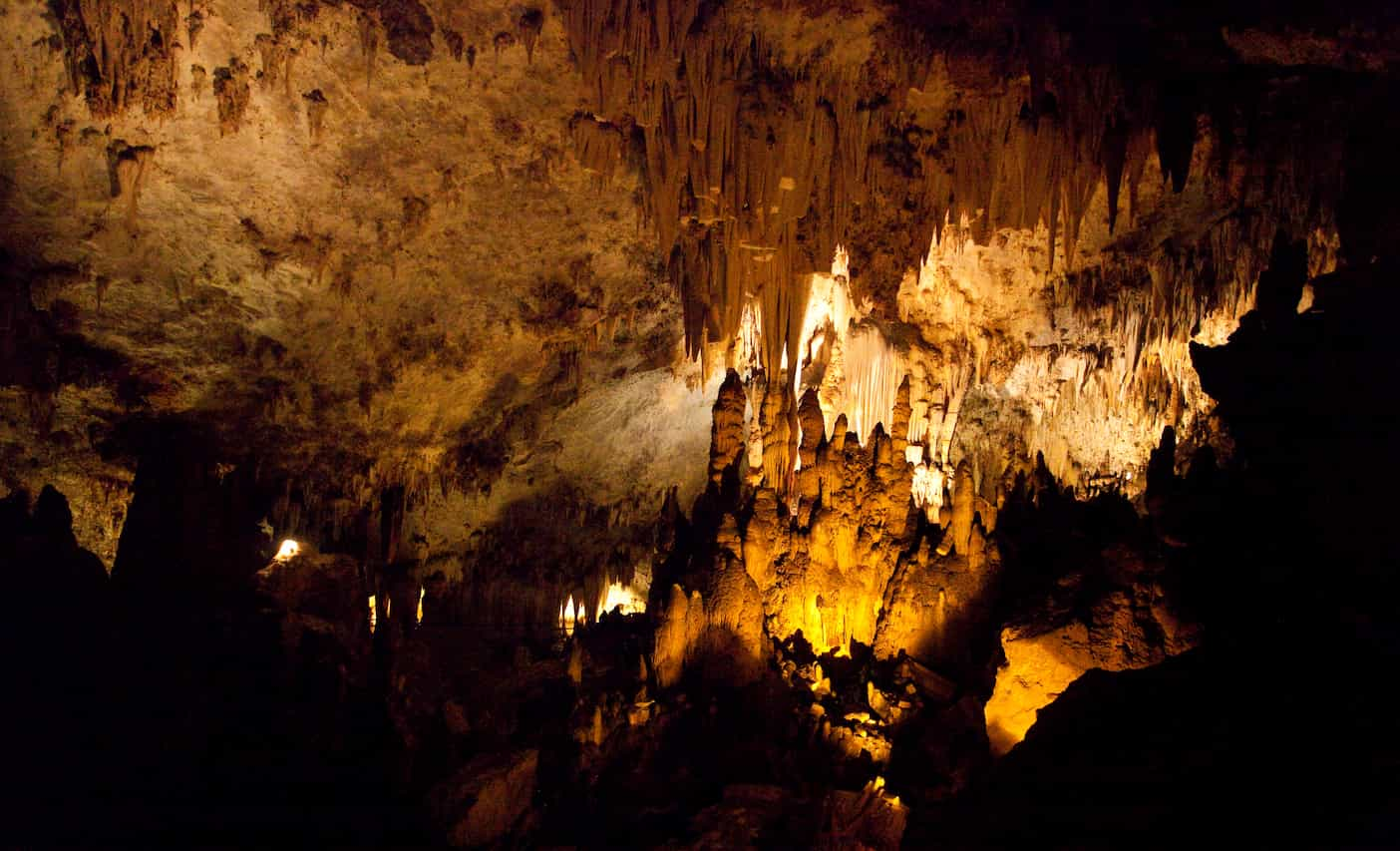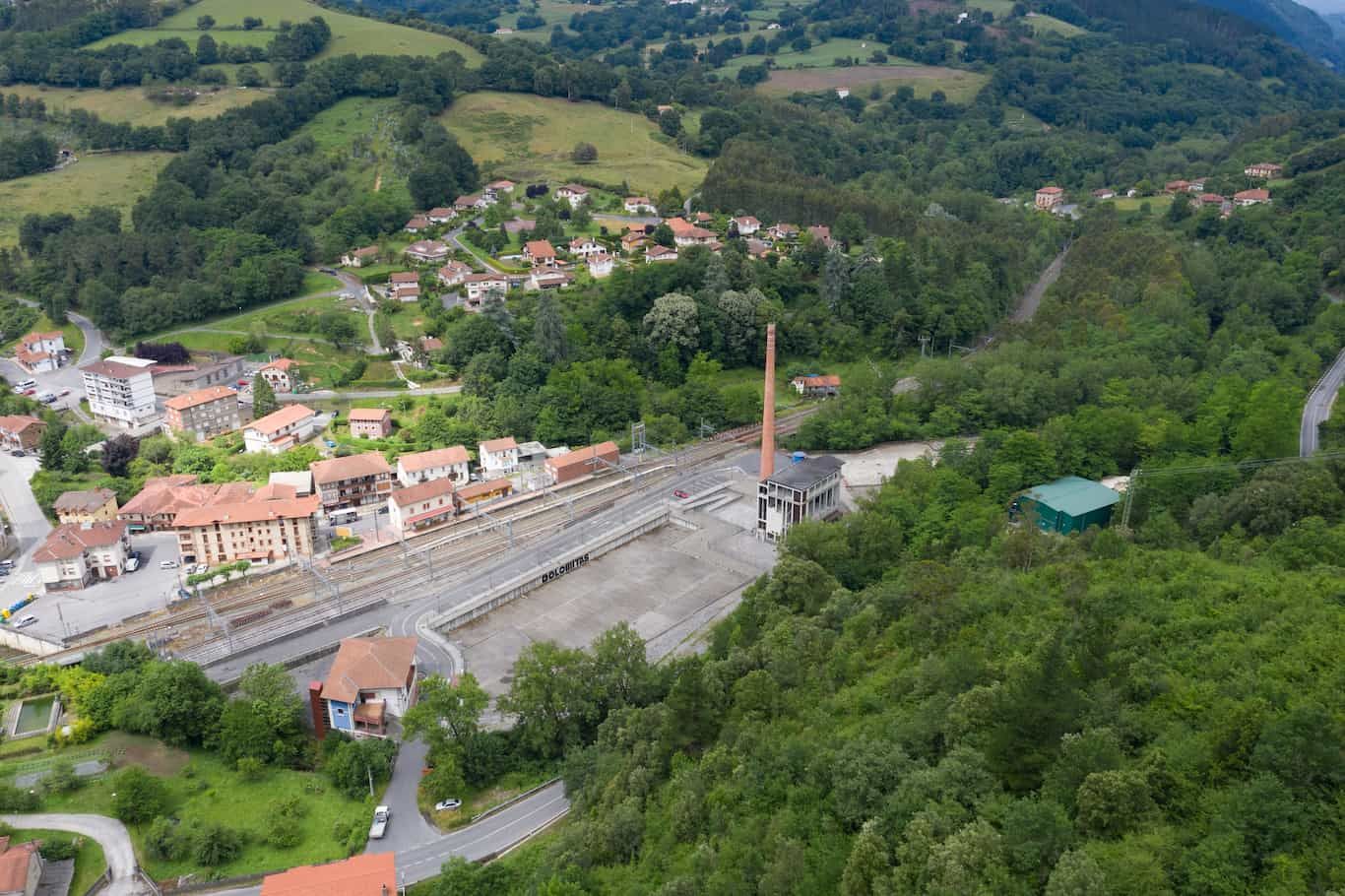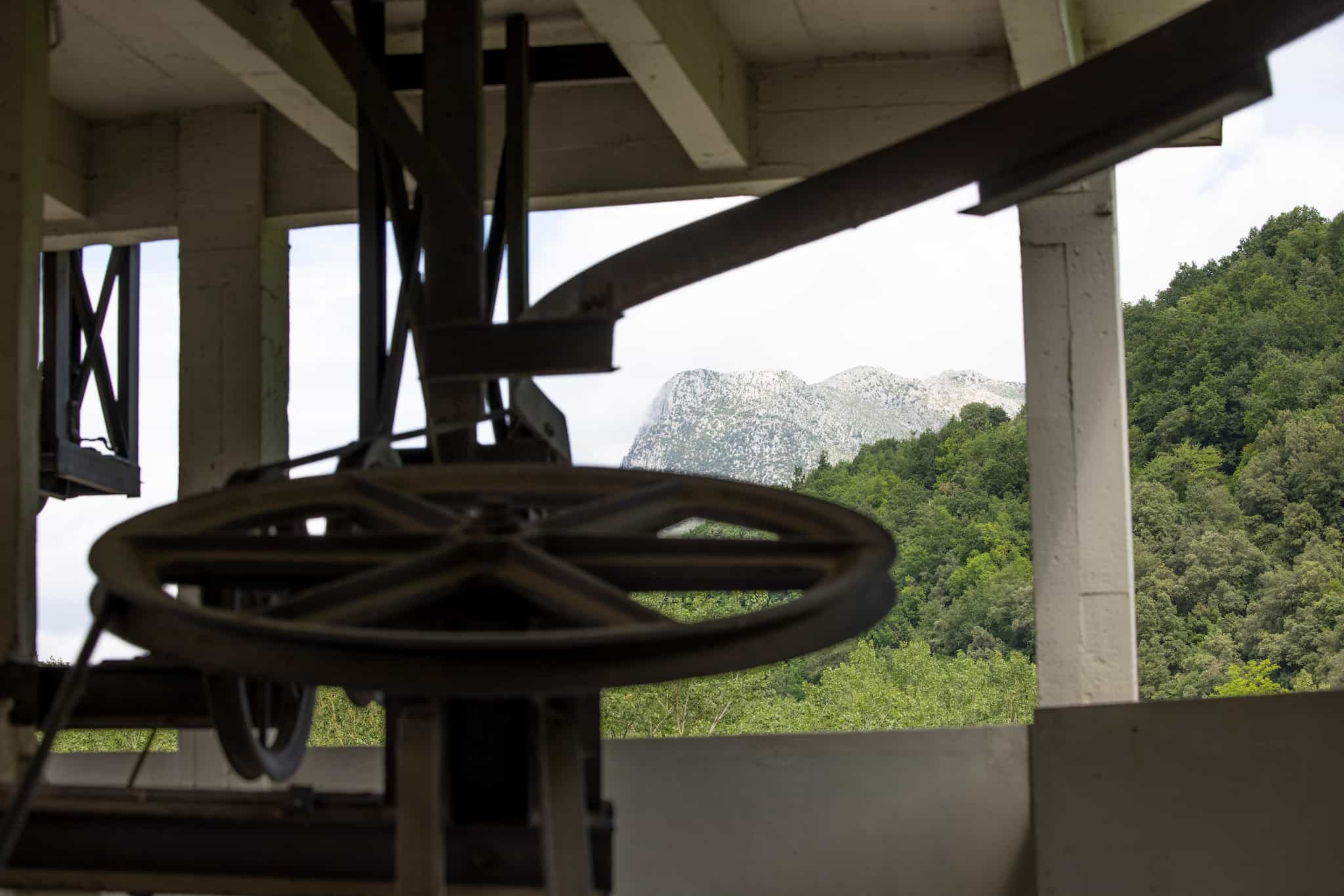In few places does nature manifest itself with such splendour as in the Armañón Natural Park. Between its peaks and forests lies an infinite tangle of paths and more than two hundred caves.
Armañón is one of the natural jewels of Enkarterri. The park stretches between the municipalities of Karrantza and Turtzioz and is characterised by its ecologically rich karst landscapes. Thanks to these stone massifs, Armañón enjoys a unique microclimate that has allowed Mediterranean oaks and beeches to grow a few kilometres from the Cantabrian coast.
In this highly rural territory there are still several breeds of native livestock easily recognizable during a visit to the Park's surroundings: the Carranzana blond-faced and black-faced sheep, the Encartaciones sheepdog and the Monchina cow are just some of them.
The park is an exaltation of nature, with its lush forests and an infinite labyrinth of chasms, dolines, caverns and caves. Its subsoil hides more than 200 caves, many open only to potholers due to their immense size, such as the Carlista Cavern. The best known, however, is the cave of Pozalagua, which was chosen as the Repsol Guide's Best Spot in 2013.
Pozalagua offers a unique spectacle: the largest concentration of eccentric stalactites in the world. These millimetre-thick formations seem to defy the laws of gravity and intertwine at will to form a spectacular mosaic.
The visit passes between formations of columns and lava flows until arriving at the Versailles room, the one with the highest concentration of eccentric stalactites. The route continues to a viewpoint where the grandeur of this corner of the subsoil can be contemplated in all its splendour.
At the Armañón Nature Park Interpretation Centre, in the surroundings of the Pozalagua Cave, more information can be obtained about the Nature Park and the neighbouring mountainous area of Ordunte, which, like Armañón, belongs to the Natura 2000 Network.
- Address: Ranero, Karrantza (Bizkaia)
- Phone: +34 946 560 079
- Email: armanon.parke.naturala@bizkaia.eus

 The weather
The weather
